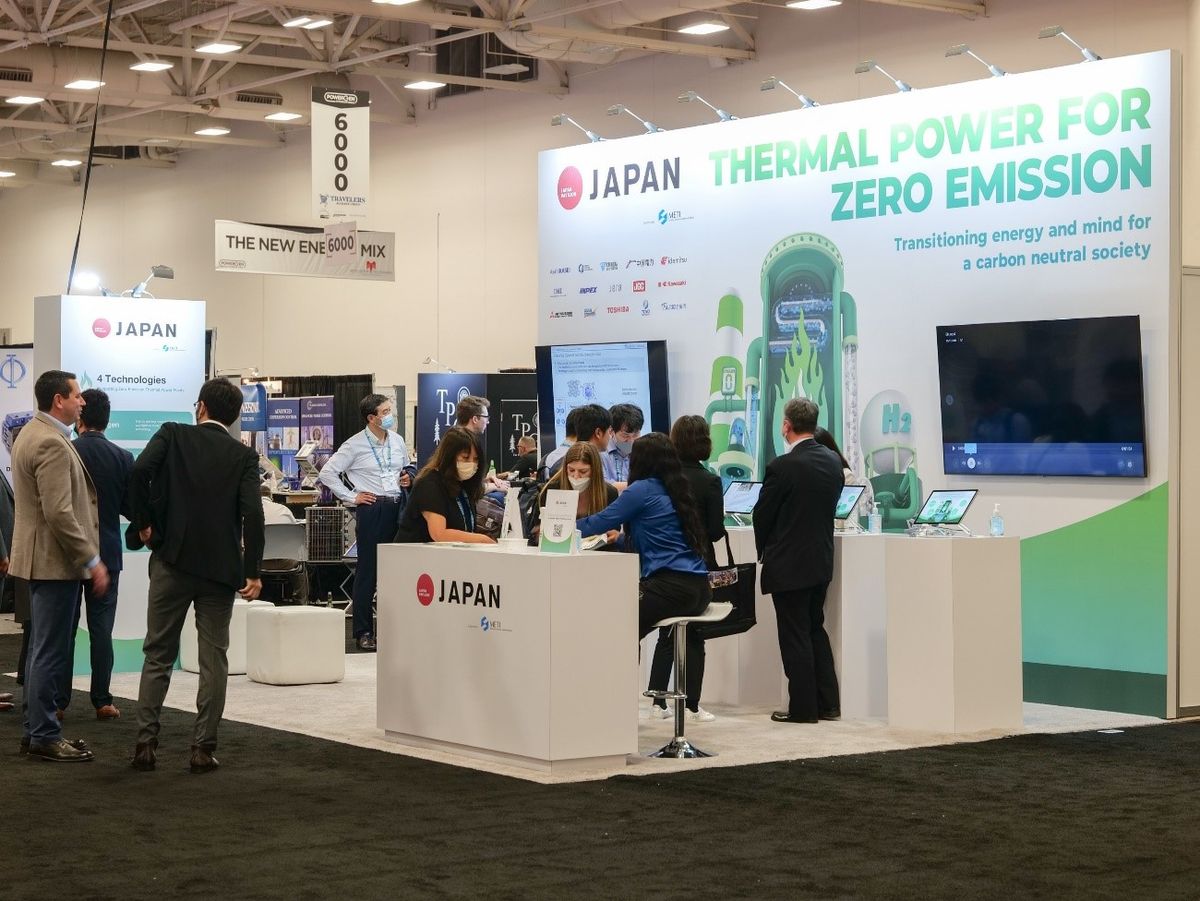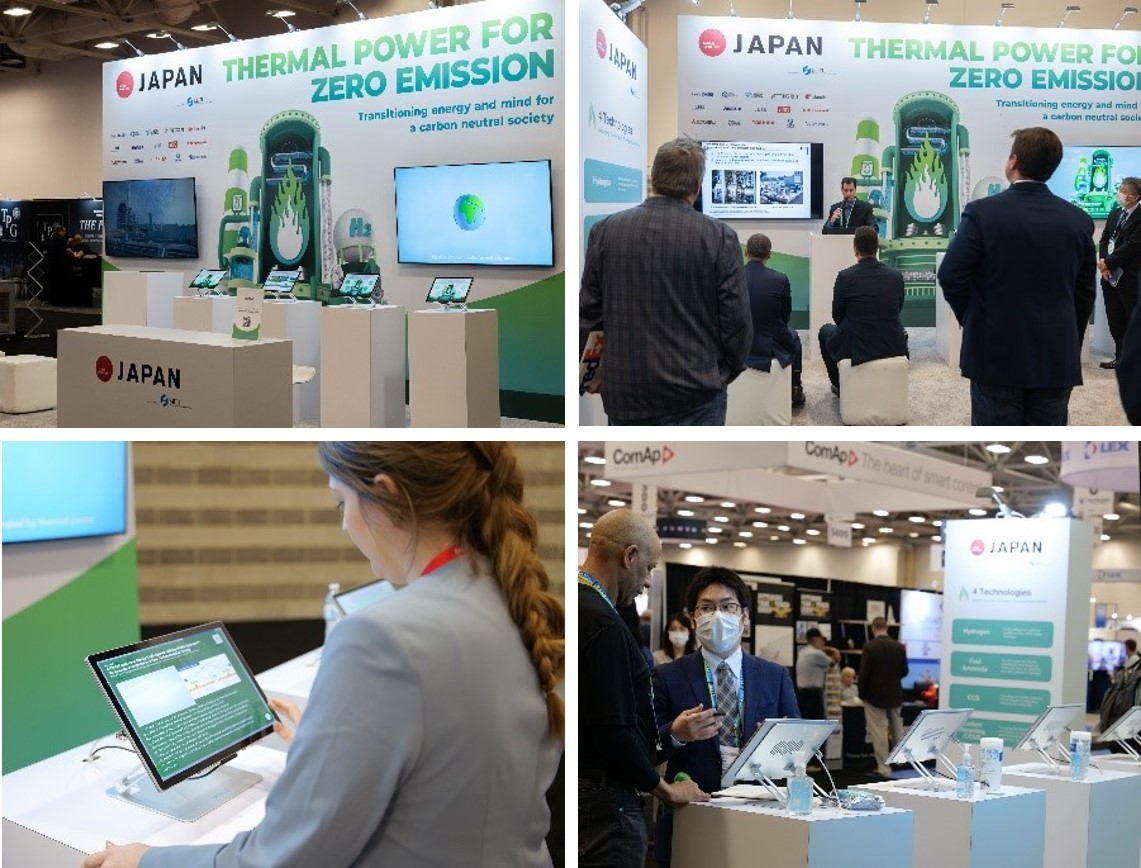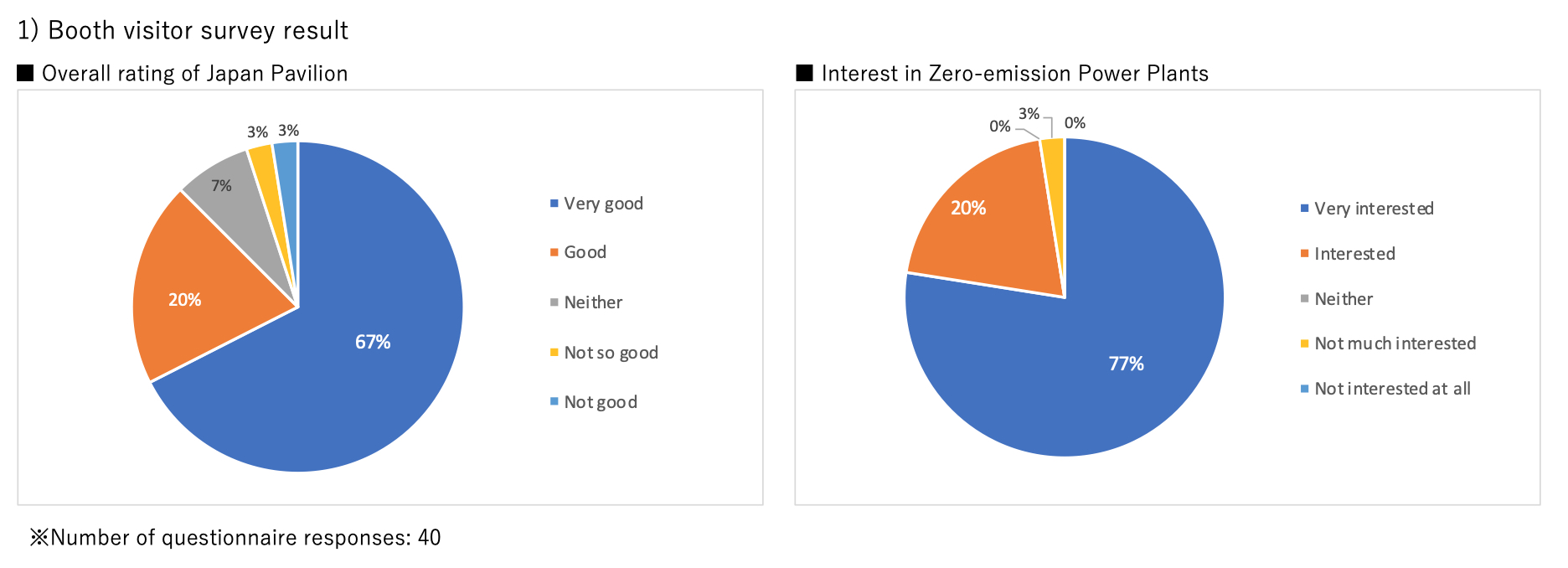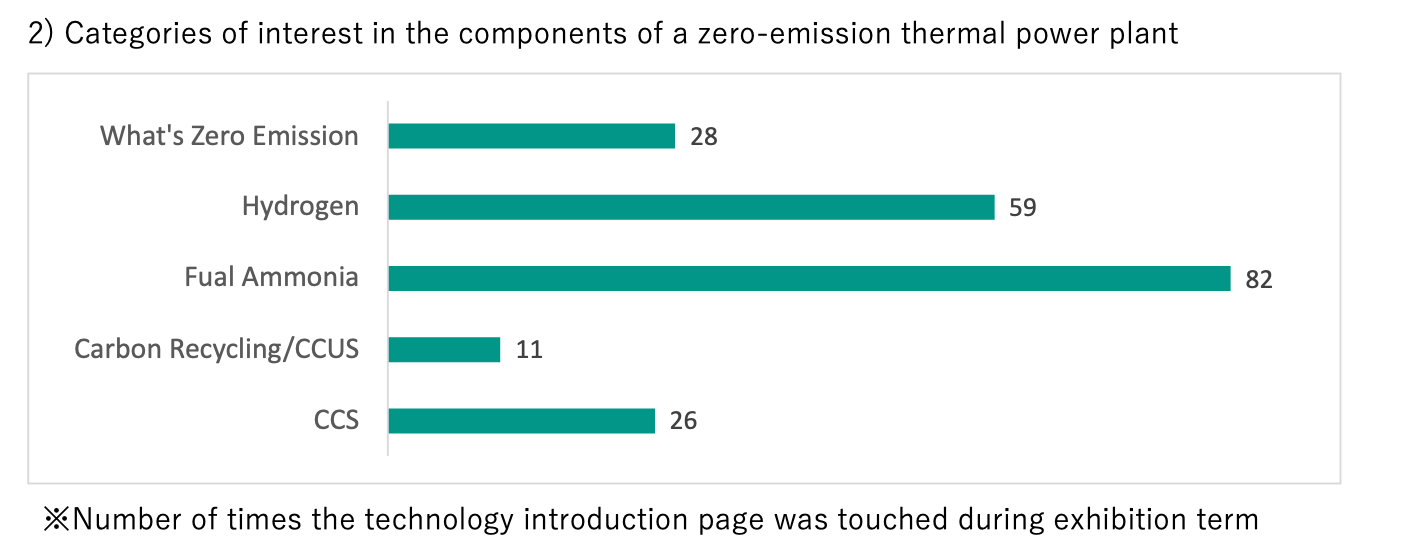Zero emissions from thermal power! Japan shows the world the latest technology for development and implementation
(in provisional translation)
(English ver.) 2022-09-12

Many emissions of carbon dioxide and other greenhouses gases around the world come from generating energy with fossil fuels like coal and oil. This explains the challenging relationship between energy and achieving carbon neutrality. Since each country has its own energy situation, Japan has been championing the idea that we need to proceed with a balanced energy transition that adapts to climate change while sufficiently ensuring a steady supply of energy both now and in the medium to long term. Achieving zero emissions from thermal power generation is an important element in the course of that transition. Let's take a look at how Japan is working towards zero-emissions thermal power around the world.
Why zero emissions thermal power?
Japan's basic policy for a balanced energy transition is to pursue S+3E energy (safety + energy security, economic efficiency, and the environment).
Thermal power with fossil fuels requires restrictions because it produces large amounts of CO2, but it also plays an important role in S+3E. An example is thermal power's ability to supply electricity.
Illustrating that ability, thermal power currently accounts for more than 70% of Japan's power mix for producing electricity. Furthermore, thermal power has the adaptive ability to cover fluctuations in renewable energy output caused by the weather. If we rush to reduce thermal power generation for the sake of bringing down CO2 emissions, we lose that function, which could imperil the steady supply of power.
TTherefore, Japan is conducting research on various technologies to achieve zero emissions from thermal power generation so as to achieve Japan's goal of reaching carbon neutrality by 2050 ("What is Carbon Neutrality all about? (Part 1) – Who will realize it, and when?") while maintaining thermal power's current role.
Announcing Zero Emissions Technology to the World at the PowerGen International 2022 Exhibition
Japan has been telling the world about its zero emissions technology to implement the country's idea of a balanced energy transition.
On May 23-25, 2022, Japan introduced technologies for a Zero-Emissions Thermal Power Plant at the Japan Pavilion during PowerGen International 2022. The international exhibition for the power industry was held in Dallas, Texas.
PowerGen International is a major tradeshow that brings together power industry companies and professionals from around the world. In 2022, 53 companies and organizations from 24 countries exhibited.

Four Technologies Supporting a Zero-Emissions Power Plant
The Japan Pavilion exhibited the following four zero-emissions technologies.
Hydrogen energy
Hydrogen is a promising fuel for power generation. By developing and co-firing power generation that mixes hydrogen with gas power, as well as single-fuel firing with hydrogen as the only source, we can maintain thermal power's adaptive ability without releasing CO2 during generation. A combination of CCS and CCUS technologies could effectively result in a thermal plant producing net zero carbon.
Fuel ammonia
This is a fuel for power generation. Since co-firing ammonia with coal is simple, the first likely application would be for coal-fired power generation. If we can make single-fuel firing with ammonia feasible, it should significantly reduce CO2 emissions from thermal power facilities.
CCS
CCS, or carbon capture and storage, involves separating and capturing the CO2 a thermal power plant produces and sequestering it. This method could reduce carbon emissions during the production of promising fuels like hydrogen and fuel ammonia. CCS may become an essential technology for creating zero-emissions thermal plants.
Carbon recycling/CCUS
Carbon recycling and CCUS (carbon capture, utilization, and storage) involves the separation and capture of CO2 from a thermal power plant, and then using it as a raw material for industrial products and plastics. If, in the future, we can instigate a reaction between captured CO2 and hydrogen sourced from renewables to produce methane fuel at low cost, then it's possible that we could use CO2 itself as a source of energy.
Attendee response
Attendees generally had a positive reaction. Japan's proposal for zero-emissions thermal plants stirred enthusiasm and interest among global energy businesses about achieving carbon neutrality.
Hydrogen energy and CCUS have established reputations, while fuel ammonia stood out for eliciting great interest. Attendees had many specific questions about safety and cost as they engaged in a lively exchange of ideas. They also had a positive response to the concept of reducing carbon emissions with thermal power generated from existing facilities. The attendees' reactions indicate that Japan's new ideas, including fuel ammonia, offer a clear path for Japan, which relies heavily on thermal power generation, to achieve zero carbon emissions by 2050.
Fifteen Japanese companies that possess the technologies required to create zero-emissions thermal plants helped set up the Japan Pavilion at the exhibition and presented specifics on their projects with touchscreens and seminars. Many of the companies hope to achieve feasibility through their pilot projects by 2030.
Zero-emissions thermal power: a must for carbon neutrality across Asia
Developing countries in Asia and elsewhere also make heavy use of thermal power from fossil fuels like cheap coal. Zero-emissions thermal power generation could help those countries reduce their carbon emissions, as well. Furthermore, helping developing countries in converting their thermal power plants into zero-emissions facilities is an opportunity for Japanese companies to capture parts of the large energy market over the long term.
Given this background, Japan has declared its support for the energy transition ramping up in Asia. In May 2021, Japan announced it would present ASEAN member states with a package of concrete assistance measures to support the simultaneous achievement of sustainable economic growth and carbon neutrality in Asia. This package is the Asia Energy Transition Initiative (AETI). In addition, Prime Minister Kishida Fumio pledged to support the shift to zero-emissions thermal power at the 26th Session of the Conference of the Parties to the United Nations Framework Convention on Climate Change (COP 26) held from October to November 2021.
Japan is playing its part in the international community by utilizing the fruits of its technology and infrastructure, as well as its knowledge, throughout Asia to achieve zero emissions across the continent, which is a key to achieving carbon neutrality worldwide.
Division in charge
About the article
Petroleum and Natural Gas Division, Natural Resources and Fuel Department
About Special Contents
Research and Public Relations Office, Policy Planning and Coordination Division, Commissioner’s Secretariat, ANRE
![]() The original Japanese text of this article; Click here
The original Japanese text of this article; Click here

